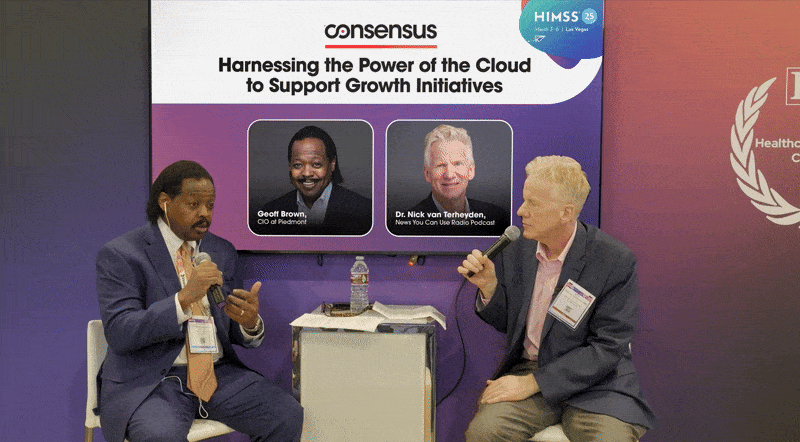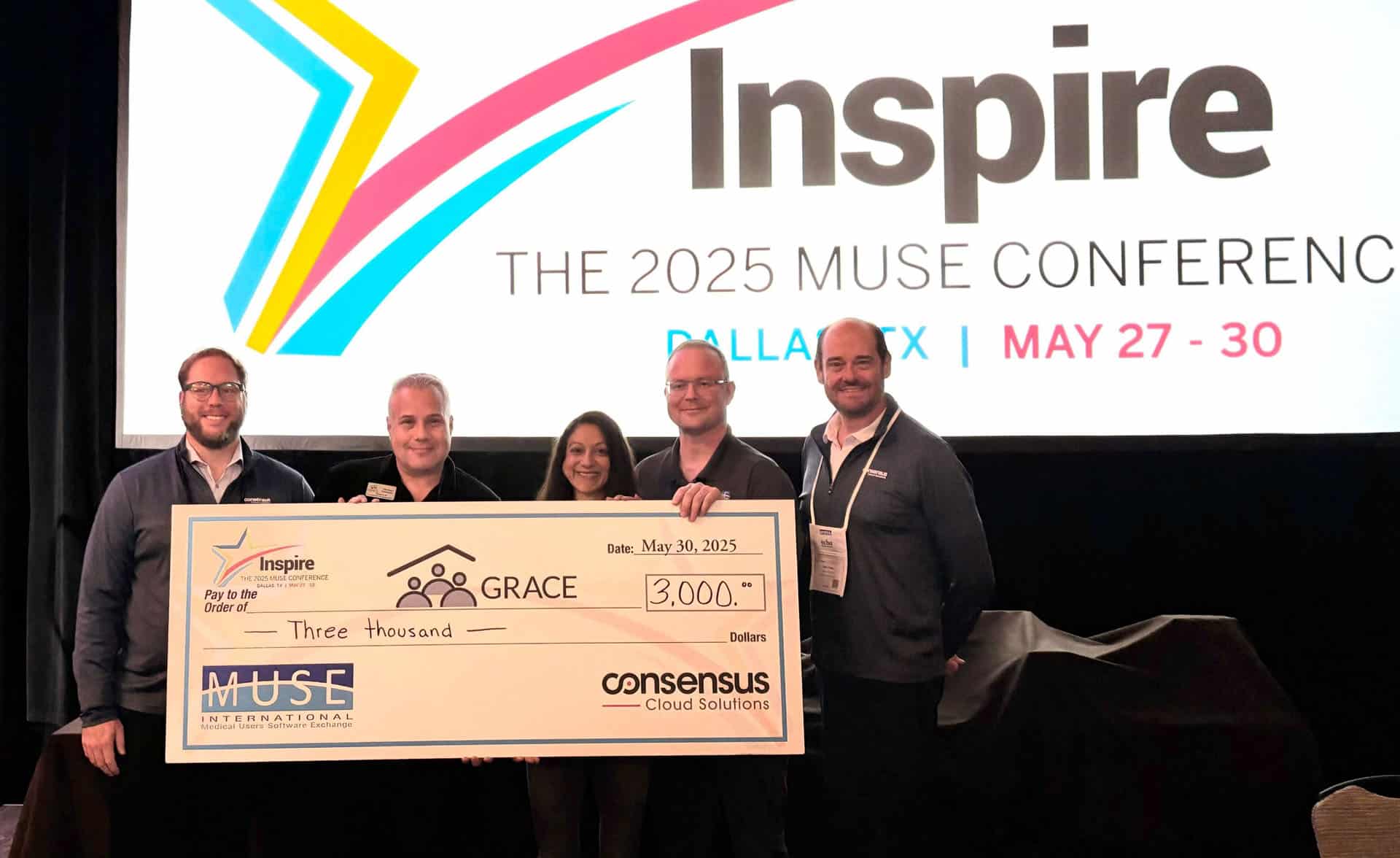Thought Leadership
Predictions from the C-Suite: A Sunny Outlook for the Cloud in 2025

As we embark on the next chapter of the digital revolution, tech leaders are peering into their crystal balls to predict what the rest of 2025 holds in store. I foresee this to be a year of progress as we charge toward accelerated adoption of digital cloud services, embracing practical solutions to bridge gaps in tech equity while setting new standards for cloud security.
While some skeptics may scoff at the idea of attainable tech solutions that are both equitable and secure—because these have been two of the prickliest challenges facing widespread adoption of digital cloud services, particularly in highly regulated and fragmented industries like healthcare—my forecast for the cloud is sunny. Here’s why I believe 2025 will bring data modernization to the masses, unlocking interoperability in healthcare and beyond.
Adoption of digital cloud services will accelerate
Leading analysts believe healthcare IT teams will feel greater urgency to invest in digital cloud infrastructure given the pressures associated with rising volumes of data and the need to strengthen information sharing. Organizations like Piedmont Health System are moving to the cloud to strengthen efficiency in operations and ensure clinical data reaches the right people at the right time. In fact, Piedmont CIO Geoff Brown says the organization’s decision to implement a digital cloud fax infrastructure across Georgia’s largest health system—which expanded from 6 hospitals to 26 in a 10-year period, with 4 million faxes sent and received annually—has been a game changer during a period of accelerated growth.
“It turned out to be one of the best decisions,” Brown said during a HIMSS exhibit hall presentation. “I just can’t tell you the benefit that it has been to our workforce, to our clinics and clinician practices, to the folks in our hospitals who are caring for patients, including in our operating rooms. It has revolutionized some of the ways in which we operate.” OR staff no longer have to deal with missing documentation on the day of a procedure, the ability to track incoming faxes and integrate them with the electronic medical record has helped close gaps in critical data, Brown told HIMSS attendees. Watch the video of his presentation, “Harnessing the Power of the Cloud to Support Growth Initiatives.”
Leaders will realize that tech equity is not entirely the government’s responsibility
In a recent CHIME survey commissioned by Consensus, 50% of health IT leaders responded that they believed it’s the federal government’s responsibility to fund digital transformation for smaller facilities. Less than 30% of leaders put the onus on community grants to promote tech equity, and 12.5% said that large hospital systems should invest in their smaller partners to bridge the digital divide. But only about 30% of these providers are working one-on-one with small and post-acute care facilities to address this challenge. Most of them don’t have the funds or the IT resources to bring their counterparts up to speed. This lack of interoperability leads to breakdowns in information exchange, affecting care coordination and quality.
We can’t wait for the federal government, or even larger healthcare partners, to close this digital divide. But we can apply AI to tools like digital cloud fax, enabling providers of all sizes to transform unstructured data into structured data that can easily be shared between systems. This pragmatic approach can drastically minimize the barriers to healthcare information exchange, leveling the digital playing field to give all stakeholders the information they need to make critical decisions.
Interoperable Secure Cloud Fax Standards will foster public confidence
To make digital cloud fax services undeniably reliable—especially in highly regulated industries like healthcare and finance—security can’t be an afterthought. Many efforts to apply data security frameworks and standards like FHIR to healthcare information exchange only exacerbate the digital divide, because not all organizations have the resources to comply.
That’s why I support the radical work of DirectTrust to develop new Interoperable Secure Cloud Fax Standards that will empower fax-dependent industries to leverage the benefits of interoperability without disruptive changes to existing infrastructures or workflows. As chair of the Consensus Body developing these standards, I urge other leaders in healthcare, financial services and telecommunications to join our efforts to advance fax in regulated industries, ensuring that no one is left out of the digital revolution. Learn more about this initiative in my recent podcast interview on “The Tate Chronicles”.
































